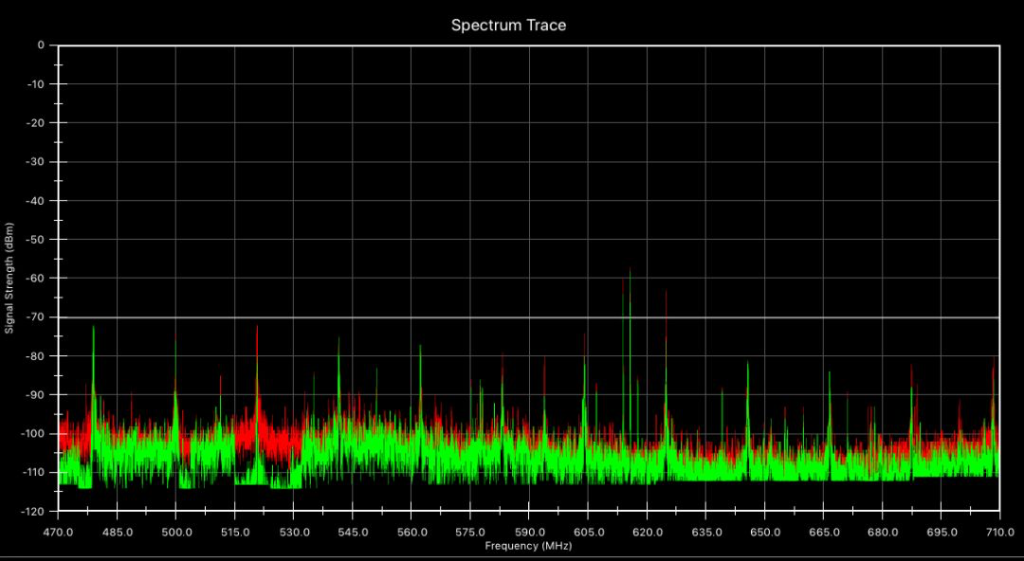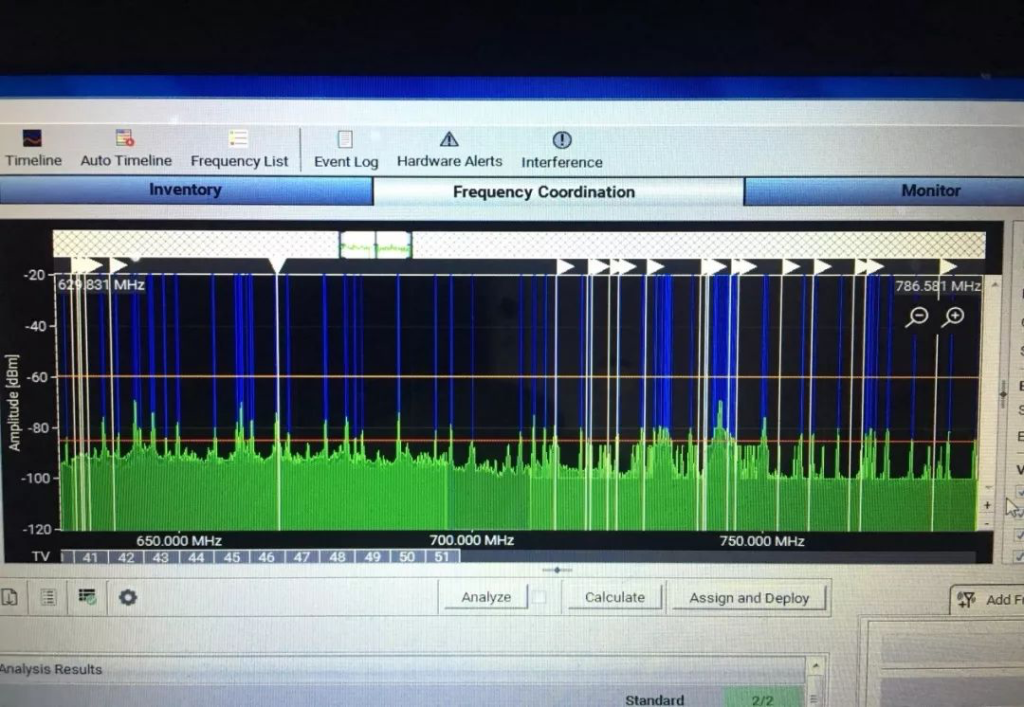On February 23, the 2017 Honor of Kings(HoG) Autumn Finals were held at the “Spring Cocoon” Gymnasium of China Resources Shenzhen Bay Sports Center. As the official professional event of the highest standard of Honor of Kings, the venue was full of seats and thunderous applause. The peak showdown between QGhappy and XQ ignited the enthusiasm of the audience.

Such a high-level event site is naturally indispensable for our wireless team. A 16-channel SHURE ULXD digital wireless system and a 2-channel SHURE top-of-the-line Axient Digital were used for the host and performers. Designed by Mr. Mingcong and guarantees the smooth operation of the wireless system.
Source of On-Site Interference
At the site of this large-scale event, the wireless environment is extremely complex. LED floor screens, lighting controls, complex stage equipment and other wireless equipment have caused certain interference to our wireless microphones.
- In-Ear Monitor (IEM)
A total of 4-channel Sennheiser IEMs are used in the scene, and there is a huge gap between the background noise of the scene in the case of full on and full off.



From the picture, it is not difficult to see that the IMD between these IEM channels has a great impact on the wireless environment of the scene, which seriously reduces the available frequency band of the wireless microphone.
- Intercom system
In addition, due to the particularity of e-sports competitions, smooth communication between players is very important, so the priority of the on-site intercom system is higher than that of wireless microphones.

However, the intermodulation distortion of the intercom system greatly interferes with the frequency band where the wireless microphone is located.


As shown in the figure, after the wireless intercom system is turned on, the frequency to which the wireless microphone belongs is largely occupied. If the channel frequency used by the wireless microphone happens to be the intermodulation distortion frequency of the wireless intercom, the frequency drop phenomenon will occur, which further increases the difficulty of frequency planning.
- The distance between the IEM transmitting & receiving antenna of the wireless system
The distance between the IEM transmitting antenna and the wireless system receiving antenna is different, and the impact on the noise floor of the site is also different. The closer the distance is, the higher the intensity of the noise floor of the scene, and the farther the distance is, the weaker the noise floor is.


It can be seen that at the performance site, we need to increase the distance between the ear return transmitting antenna and the wireless system receiving antenna as much as possible.
>>Honor of Kings Finals Almost encountered frequency interference? (2/2)




